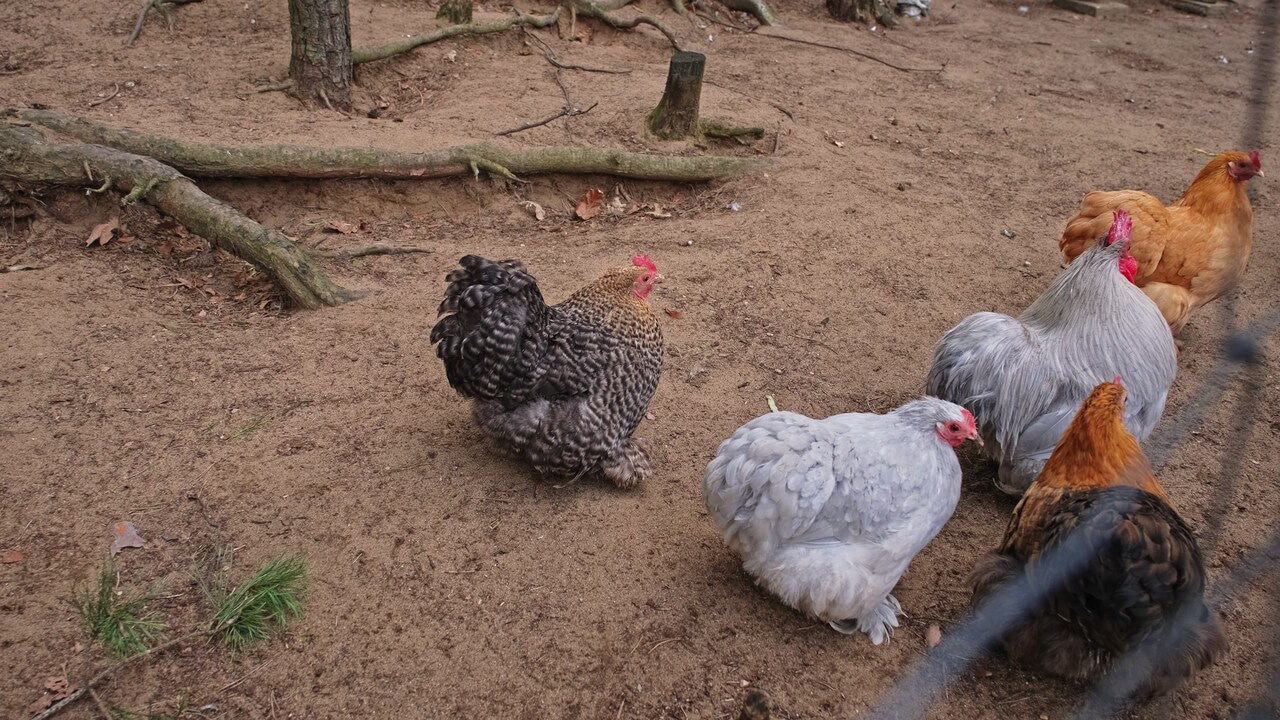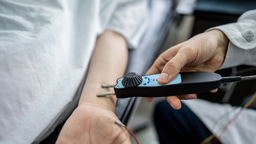Call for Papers: Isolation, Prevalence and Management of Salmonella in Poultry
Published in Zoology & Veterinary Science

Springer Nature Collections are curated groups of articles within a journal that provide highly focused exploration of specific themes and emerging topics to enhance the visibility and impact of research. By contributing to a Collection, you can benefit from increased visibility, meaningful academic connections, and broader impact. This collection - from the journal Poultry Science and Management - highlights the management of salmonella in animal agriculture.
Salmonella infections remain a persistent challenge in poultry production, with extensive consequences for animal welfare, food safety and zoonotic disease transmission. For veterinary and microbiology researchers, this intersection presents a critical opportunity to advance our understanding of host-pathogen interactions, antimicrobial resistance and environmental reservoirs. The complexity of Salmonella epidemiology in poultry species demands integrated approaches - from molecular diagnostics and genomic surveillance to immunological profiling and vaccine development. Veterinary scientists are positioned to investigate host susceptibility, animal welfare and immune responses, while microbiologists contribute essential insights into bacterial resistance and enumeration.
We invite researchers to contribute to this Collection by submitting articles and reviews. Topics of interest include but are not limited to:
- Rapid identification and enumeration for Salmonella
- Prevalence studies in poultry populations
- Management strategies for animal salmonellosis
- Bacterial resistance and anti-infective agents
- Impact of Salmonella on food safety
- Epidemiological modeling of Salmonella transmission
- Animal welfare considerations in Salmonella control
- Policy implications for Salmonella management
“Isolation, Prevalence and Management of Salmonella in Poultry” is led by
Shabarinath Srikumar and Jinquan Wang. The collection accepts original research and reviews.
Shabarinath Srikumar PhD, Auburn University, Auburn, United States
Dr. Shabarinath Srikumar is an assistant professor at the Department of Poultry Science, College of Agriculture, Auburn University. His research interest focuses on understanding how pathogenic bacteria survive and proliferate in poultry meat and the environment. Studying the pathogen-food interactions at a molecular level will allow deep insights into how pathogenic bacteria alter their metabolic and regulatory profiles during adaptation to the different poultry environments. To this end, they will use different nucleic acid sequencing-based and other molecular microbiological assays on Salmonella typhimurium (and other select serotypes) as model organisms. Their goal is to develop data that will aid the development of novel technologies aimed at making food safer.
Jinquan Wang PhD, Auburn University, Auburn, United States
Dr. Jinquan Wang is an Assistant Research Professor in the Department of Poultry Science at Auburn University, where his work focuses on improving food safety and poultry production through one health approach. His current research includes identifying and evaluating Salmonella intervention strategies on reducing Salmonella colonization, transmission and persistence in poultry production.
Find out more and submit to the collection >
Follow the Topic
-
Poultry Science and Management

This is an open access peer-reviewed journal that aims to publish innovative research about the management of poultry animals for both meat and eggs, the production of poultry products and the related food security considerations.
Related Collections
With Collections, you can get published faster and increase your visibility.
Improving Poultry Husbandry and Welfare: Considerations for Population Density, Building Design, and Bone Health
Poultry Science and Management invites researchers to contribute to the upcoming Collection on Improving Poultry Husbandry and Welfare: Considerations for Population Density, Building Design, and Bone Health. This Collection aims to advance our collective understanding of poultry management and welfare, addressing the importance of optimizing population density, building design, and bone health in poultry production systems. Advances in this field have led to significant improvements in poultry welfare, productivity, and sustainability. Research has elucidated the impact of population density on poultry behavior and welfare, identified optimal building designs for different poultry species, and enhanced our understanding of bone health management in poultry. These findings have contributed to the promotion of animal welfare, efficient production practices, and the provision of safe and nutritious poultry products. Continued research in this area holds the potential to further refine poultry management practices, leading to enhanced animal welfare, improved production efficiency, and sustainable poultry systems. Future advances may include the development of innovative building designs that prioritize animal welfare and health, the implementation of precision husbandry techniques to optimize population density, and the discovery of novel strategies to promote bone health in poultry.
The Collection will include research on the following sub-topics: o The impact of population density on poultry behavior and welfare o Optimal building designs for different poultry species o Management strategies to promote bone health and welfare in general in poultry o Precision husbandry techniques to optimize population density and/or animal health and welfare
This Collection supports and amplifies research related to SDG 2, Zero Hunger.
All submissions in this collection undergo the journal’s standard peer review process. Similarly, all manuscripts authored by a Guest Editor(s) will be handled by the Editor-in-Chief. As an open access publication, this journal levies an article processing fee (details here). We recognize that many key stakeholders may not have access to such resources and are committed to supporting participation in this issue wherever resources are a barrier. For more information about what support may be available, please visit OA funding and support, or email OAfundingpolicy@springernature.com or the Editor-in-Chief.
Publishing Model: Open Access
Deadline: Nov 30, 2025






Please sign in or register for FREE
If you are a registered user on Research Communities by Springer Nature, please sign in